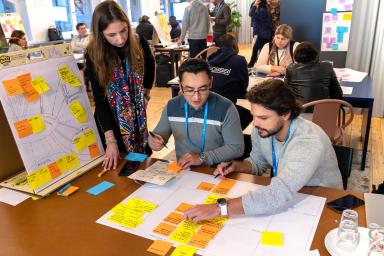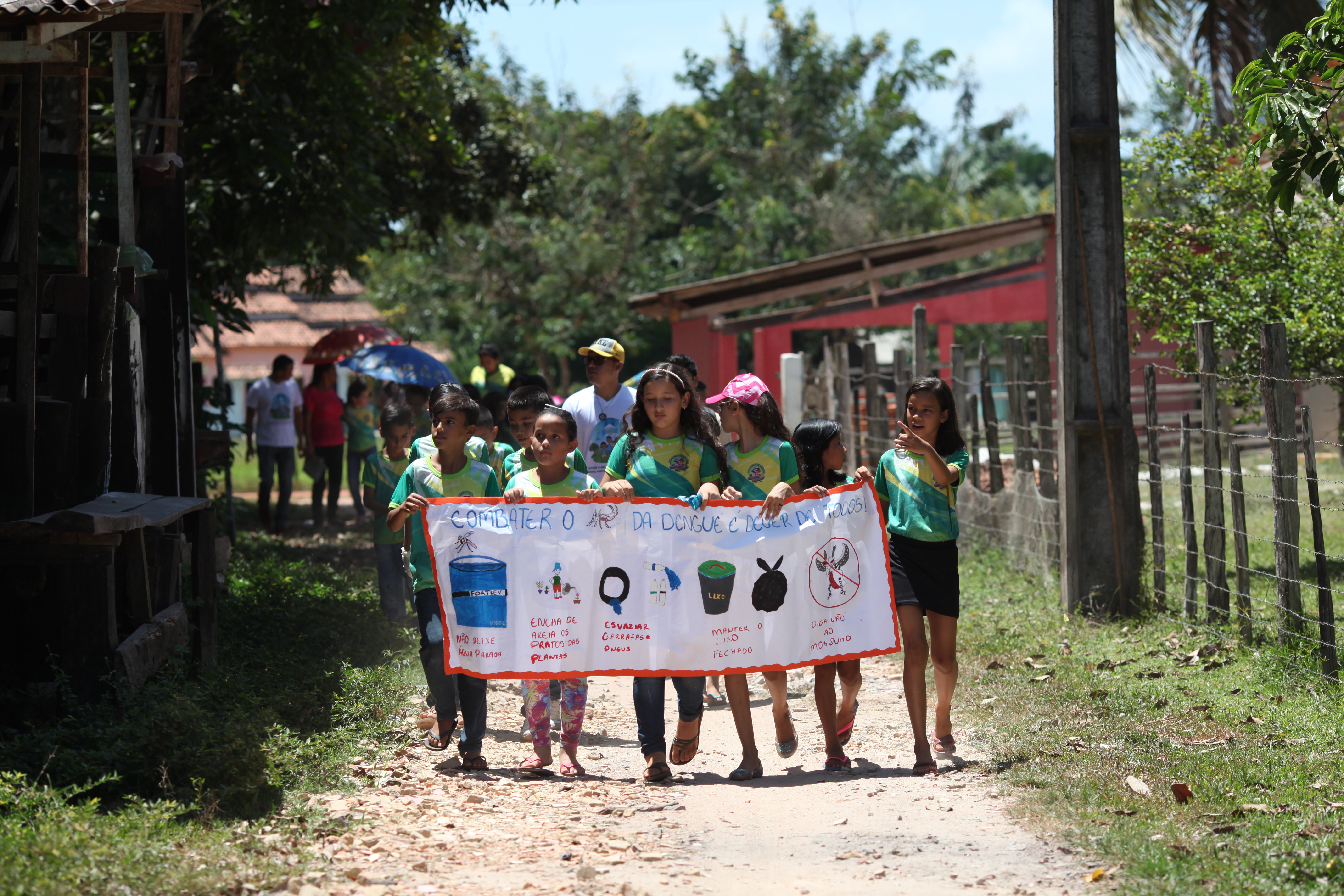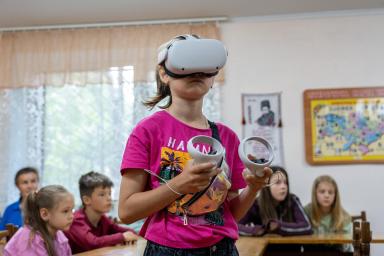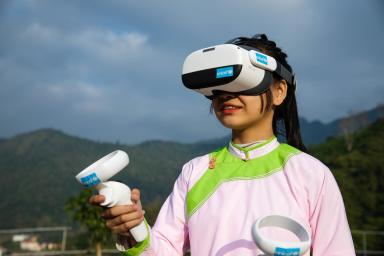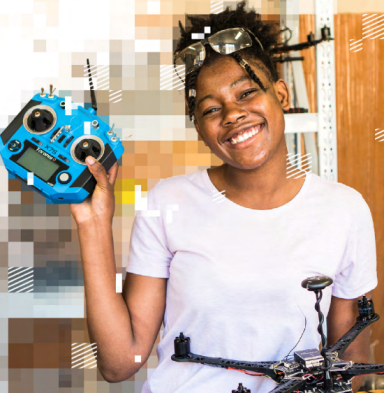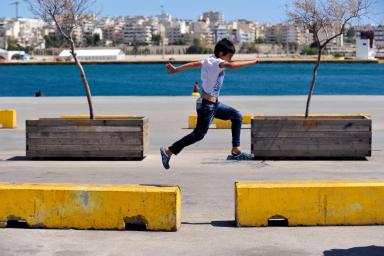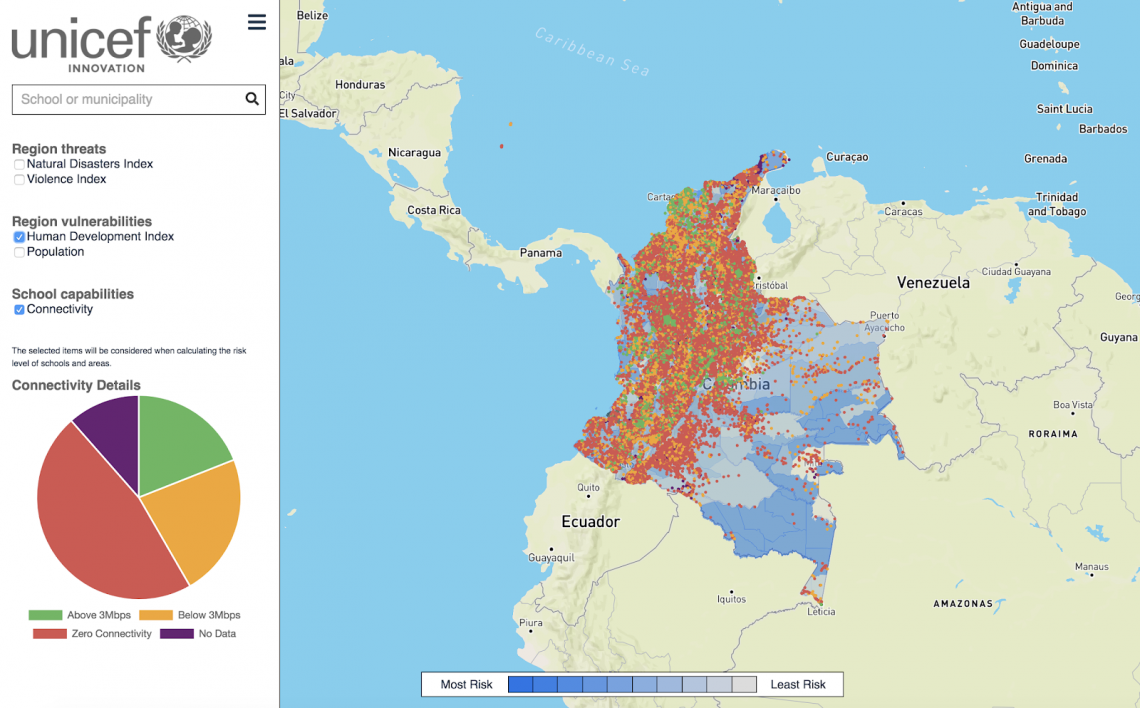
Although we see great progress with this school mapping visualization tool, we believe we can do more — go even deeper, by aggregating other datasets and presenting more detailed insights/analysis. We’re now looking at creating a new risk level index (layer) by a school through the combination of different variables in three dimensions: threats, vulnerabilities, and capacities. So far, it looks very promising” Sergio Riaga, M&E Specialist in the Colombia Country Office
Apart from the tool itself, we’ve been able to bring diverse stakeholders together through existing coordination scenarios such as the Education for Emergencies Cluster to tackle these shared challenges. Ana María Rodríguez and Claudia Camacho, our UNICEF Colombia education experts are now working on taking this initiative forward.
In epidemics (the second use case of big data we are exploring in Colombia) UNICEF is defining a work plan, along with the Ministry of Health and Social Protection (MSPS) and the National Institution of Health (INS). We believe we are a step closer of discovering new opportunities that Big Data can bring to the health sector as for example, the development of a generic model using mobility data to forecast the spread of vector-borne diseases. We’re looking to work with high-level technical experts from both the Ministry and the Institute, as well as from academia,to attain tangible results in the sector, with the support of Big Data innovation.
The third use case of big data is Natural Disasters which is relevant for Colombia as it is beset by regular disasters — including cyclical El Niño/La Niña phenomena which bring intense drought to the northeast and heavy rainfall to the northwest, Orinoquía, and Amazonia. During the dry cycles, wildfires can be a major hazard while in the rainy season, and particularly when augmented by El Niño, flash floods and major mudslides can cause heavy human losses. It is also a highly seismic country with periodic large-scale earthquakes that cause massive damage. Data available as socio-economic status, population and weather combined with real-time mobility data, could provide UNICEF and other stakeholders with a better understanding of where isolated communities live, which roads are damaged, and how to better plan logistic support. We are currently reviewing how to incorporate this component of natural disasters as an integral part of the analysis we are carrying out for School Mapping.
For future stages, we also see a great potential in other uses of Big Data in the country. For instance, to address “information poverty”, we think with Big Data we can identify gaps of a child’s access to fundamental information. Of course, we need to take into consideration different variables as the infrastructure, the content and the skills kids need to have to ensure that access to information. If we work on this, it will be for sure with the Ministry of Education and the Information and Communication Ministry in Colombia. Other uses in the long term could include some of the most pressing challenges: migration, the analysis of social patterns or even environment. The possibilities are endless!
Besides, in UNICEF we are pleased to know the work we are doing on Big Data is aligned with the Government recent public policy approved (April 2018) for Big Data use (CONPES 3920) which aims to increase the use of data, by developing the needed conditions to generate social and economic value from their use.
Some of the things we have learnt or confirmed at the country office through the development of this initiative are: when you want to innovate you must follow some premises: first, keeping an open mind to exploration (as we don’t have always the answer to all the questions); second, setting specific goals but being able to adapt if need early-stage motivating stakeholders to try new things is essential; and lastly, communicating constantly about any progress and lesson learned.
This article originally appeared on UNICEF Office of Innovation website.
Related Stories
